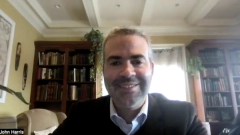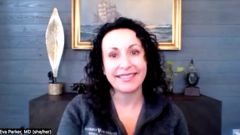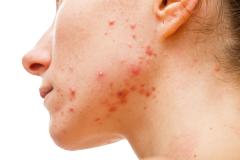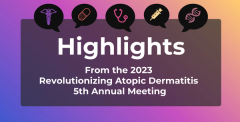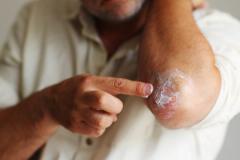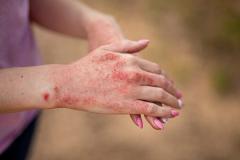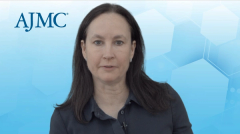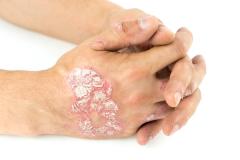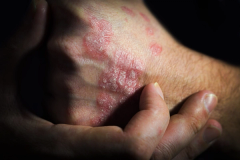
Dr Jonathan Silverberg Describes AD Diagnosis, Treatment in Children vs Adults
Jonathan Silverberg, MD, PhD, MPH, FAAD, of George Washington University School of Medicine and Health Sciences, discusses atopic dermatitis (AD) diagnosis and treatment differences in children vs adults.
This content was produced independently by The American Journal of Managed Care® and is not endorsed by the American Academy of Dermatology.
Jonathan Silverberg, MD, PhD, MPH, FAAD, professor of dermatology and director of clinical research and patch testing at George Washington University School of Medicine and Health Sciences, discusses how dermatologists diagnose and treat atopic dermatitis (AD) in children vs adults.
He also described how the
Transcript
How do dermatologists diagnose AD in children? How does AD present differently in adults?
Atopic dermatitis is really a clinical diagnosis. We look at a constellation of clinical history, physical exam, family history, etc, looking at things like presence of itch, age of onset, the distribution of lesions, etc. The criteria for diagnosing atopic dermatitis are generally the same between children and adults, but the the presentation can vary substantially across age groups.
So, in children, it's usually a fairly straightforward diagnosis, although, certainly, there are mimics that we have to think about. But in adults, it can be much more challenging because the differential diagnosis is broader, we see a lot less flexural involvement, we tend to see more of these sort of morphologic variants that are a little less common in childhood appear more so in adults. So there's a lot of different things that we need to take into account as we're trying to make this diagnosis correctly in adults.
What are some key differences when treating children with AD compared with treating adults with AD?
So, treatment wise, some of it is just practical. There's certain therapies that are approved down to young children. For example, dupilumab is approved down to age 6 months for moderate to severe disease. Many of the other therapies are not there yet. They're running their studies still for younger children, but, technically, we don't have them approved.
Some of it may actually be theoretical differences that turn out to be practical in the sense that it may be that certain targeted therapies will work better in some age groups than others. It may be that some of the targeted therapies may work better in adults than they even do in children.
For a disease that is so common in childhood, so much of the development really hinges upon the adult population, but then we're often left with that question, will we expect the same response for children as we see for adults?
What insights do the ARCADIA-1 and ARCADIA-2 study results provide regarding the potential for nemolizumab as a maintenance therapy for moderate to severe AD?
It's important to recognize that atopic dermatitis is a chronic disease and, for many, lifelong, which means it needs to be treated chronically. The field has worked very hard over the past 2 decades to acknowledge that and develop good long-term treatment approaches.
Like many other targeted therapies, nemolizumab is not supposed to be used for just a quick fix for a few weeks. If we're going to be using it, for many patients, it's going to be necessary to use it for months and perhaps years on end. So, it's very important that we understand what are the long-term efficacy profiles for different drugs that we use, and, particularly, in this case, for nemolizumab.
What we're seeing here is, in that longer-term use scenario, we're seeing nice durability of response, no loss of efficacy over time. We're also seeing an opportunity that there may be a dose-flexibility opportunity where we might, for some patients, not have to even use it every month, but may be able to give it every other month, which is fewer shots and certainly something that is going to be more meaningful for patients.
For some, there might even be an opportunity to take a little drug holiday and discontinue, as we saw from the placebo arm. So, I think this provides very important information about sort of real-world use long term that is very clinically valuable.
Newsletter
Stay ahead of policy, cost, and value—subscribe to AJMC for expert insights at the intersection of clinical care and health economics.



